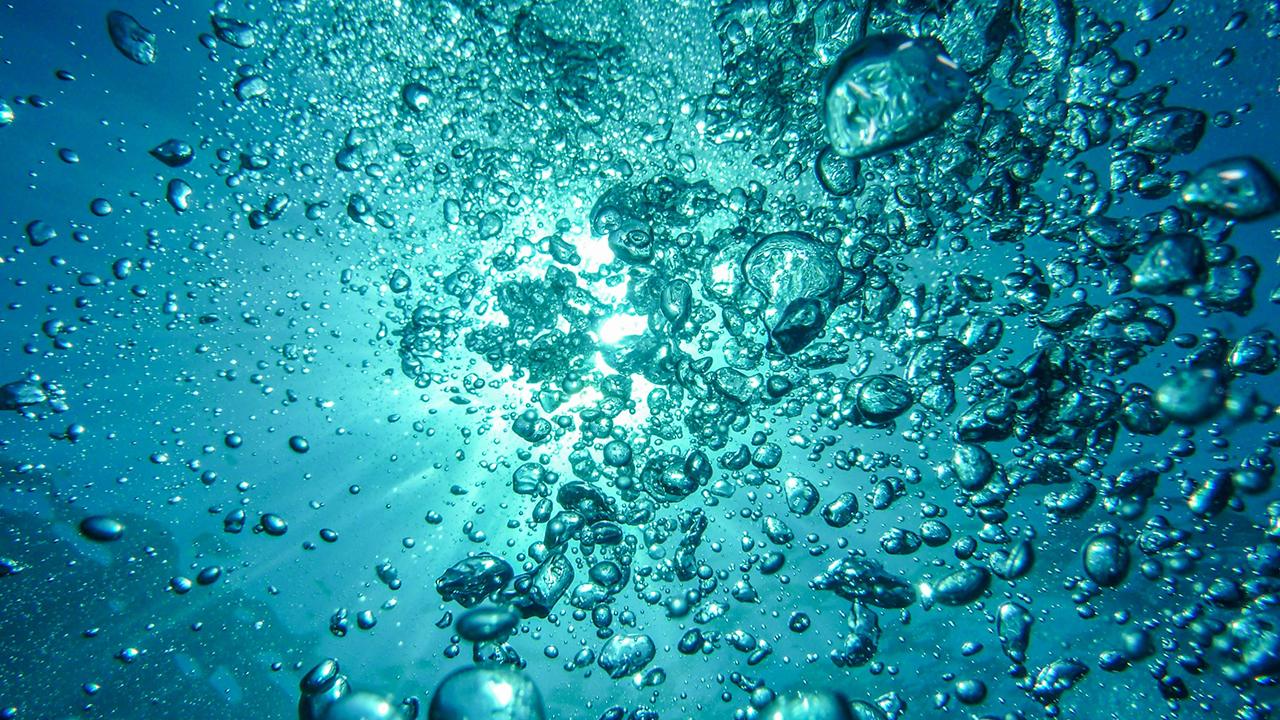
Liquid water below the freezing point shows surprising electric properties. Researchers find that supercooled water spontaneously develops long-lived electric fields in a study that investigates the coexistence of two liquid phases below freezing temperature. The result was discovered by researchers at SISSA and ICTP, and published in the journal PNAS.
Water is an essential constituent of our planet and all living organisms, yet, in many ways, its properties still elude scientists' understanding. To explain some of its many anomalies, researchers hypothesized decades ago that two liquid phases characterized by different densities may coexist below the freezing temperature at which water becomes ice. Due to challenges in experimentally investigating this regime, numerical simulations have played an instrumental role in characterizing the properties of supercooled water.
In this new contribution, the researchers discover a new twist to the story. Besides the two phases exhibiting different densities, they also display rather distinct electrical properties. This is what emerges from sophisticated simulations and data analyses carried out by researchers from the International School for Advanced Studies (SISSA) and ICTP. In the low-density phase, water molecules spontaneously align in the same direction, thus giving rise to microsecond long electric fields in the liquid. The study was published in Proceedings of the National Academy of Sciences (PNAS).
"Our simulations show that, in the low-density liquid phase below the freezing temperature, even in the absence of external electric fields, water molecules tend to orient themselves in the same direction, thus creating an electric field. This phenomenon is called spontaneous polarization," explains Cesare Malosso, a doctoral student at SISSA. His work led to these surprising results while exploring a related property, namely the infrared activity of supercooled water. This discovery enriches our understanding of water’s anomalous behavior and its electrical properties.
Stefano Baroni and Ali Hassanali, who collaborated together on this project from their respective institutions, SISSA and ICTP, added, “Our study predicts properties that we believe could trigger both experimental and theoretical activity to search for the elusive second critical point in supercooled water.”
Link to the article: https://www.pnas.org/doi/10.1073/pnas.2407295121
















